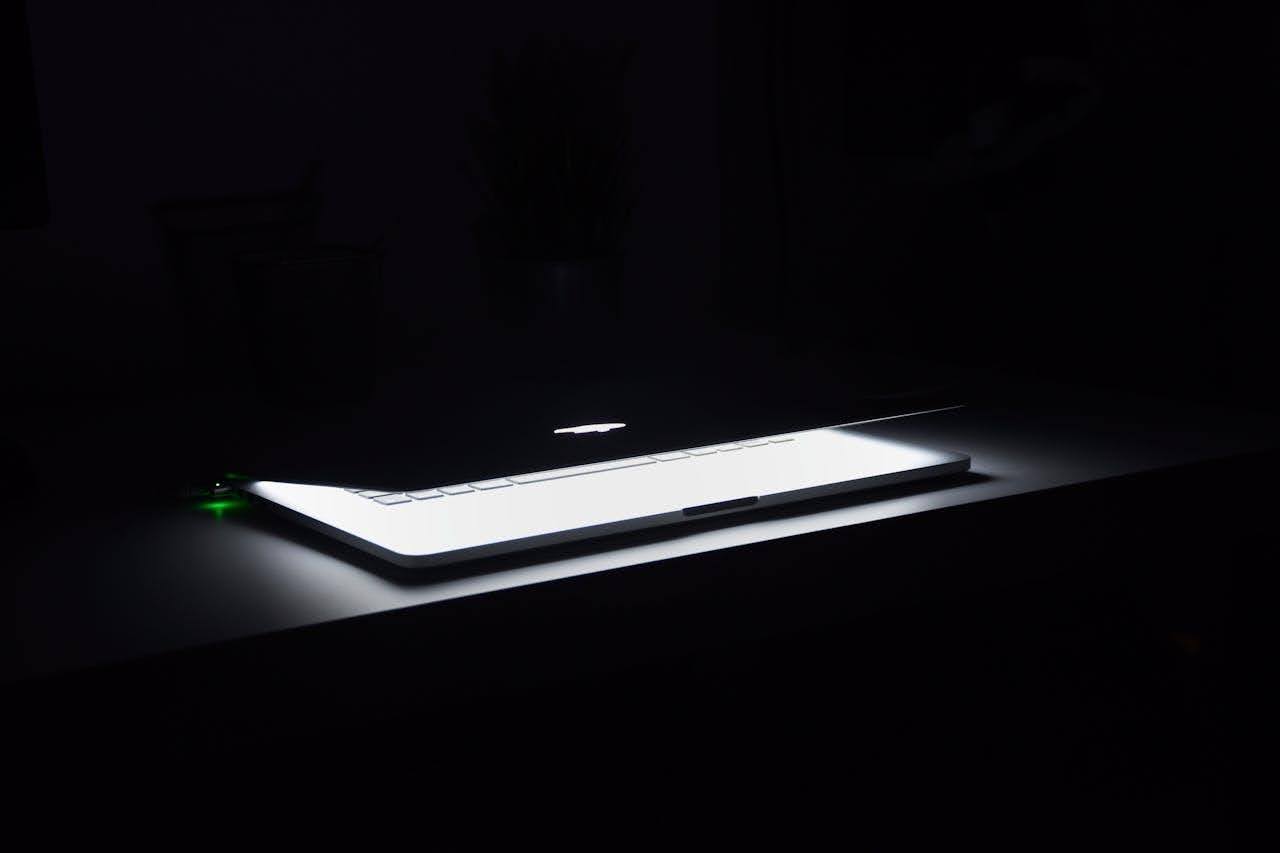Ever upgrade to a new phone only to realize your old one still did the job? You’re not alone. In 2025, tech feels less groundbreaking and more copy-paste—with steeper price tags. More people are rethinking the cycle of constant upgrades, asking smarter questions about value, longevity, and need.
In this blog, we will share what’s driving these shifts in tech habits, how users are adapting, and why the future of technology may focus more on what we keep than what we replace.
Table of Contents
ToggleThe End of Always-New
Let’s be honest—tech fatigue is real. For years, companies trained us to expect something groundbreaking every twelve months. But now? Many new devices feel like sequels without plot twists. It’s not just smartphones either. Tablets, laptops, smartwatches—they’ve all hit a kind of performance plateau.
Sure, processors are faster. Cameras are sharper. But for the average user, the difference between last year’s model and this year’s isn’t life-changing. When your four-year-old phone can still stream videos, run apps, and take crisp photos, the pressure to upgrade loses its grip.
This change in mindset is showing up in sales numbers. Global smartphone sales dipped again in early 2025, according to IDC. Consumers are holding onto their devices longer. That used to signal hesitation. Now it reflects intention.
It’s not just about saving money. It’s also about rejecting the throwaway mindset. People want quality. Durability. Devices that last and are worth repairing. And they’re making buying choices that reflect that.
Buying Smart in the Age of Too Much
With shelves stocked full of smart this and AI that, it’s tempting to keep collecting devices. But many consumers are pulling back. Instead of splurging on the newest, many are looking at alternatives that make more sense.
One trend that’s grown in the past few years is the rise of secondhand electronics. Once brushed off as risky or unreliable, they’ve become a mainstream option. And it’s not just for bargain hunters. Shoppers from all income levels are embracing the idea.
Retail chains and specialized stores have stepped in to make the process feel safer and more trustworthy. They test, wipe, and warranty the devices. Shoppers walk away with working tech, a receipt, and zero shady parking lot meetups. It’s retail therapy without the regret.
Environmental concerns are playing a role too. With e-waste on the rise, buying used is a practical step that feels good. You’re saving money and reducing waste. Two wins in one purchase. And platforms—from national chains to local tech hubs—are making it easier to trade in old gear, get store credit, and upgrade without buying new.
If your old tablet is collecting dust, it might be time to get some value out of it. Or swap it for something that fits your lifestyle better. You’re not just decluttering. You’re participating in a smarter kind of tech economy.
Subscription Fatigue Meets Device Fatigue
Another reason people are rethinking how they consume tech? Subscription overload. Nearly every device now wants a monthly fee. Your watch wants one. Your doorbell wants one. Even your vacuum might be planning a charge soon.
 At some point, it all adds up. Not just on your bank statement, but in your head. Users are starting to resist products that demand ongoing costs. Instead, they want tools that work out of the box—and keep working without surprise fees.
At some point, it all adds up. Not just on your bank statement, but in your head. Users are starting to resist products that demand ongoing costs. Instead, they want tools that work out of the box—and keep working without surprise fees.
This is where buying smart hardware, especially used models with no subscriptions, is gaining appeal. It’s not about being cheap. It’s about taking control. Owning your tech instead of renting it in pieces.
People are learning to ask, “Do I need this subscription?” or “What happens when it ends?” It’s a small mental shift, but it has big effects on buying behavior.
Repair Is Making a Comeback
For years, fixing your gadgets felt like fighting a brick wall. Sealed shut laptops. Phones that couldn’t be opened without heat guns. But legislation and consumer pressure are changing that.
The Right to Repair movement has gained traction globally. In the U.S., several states passed laws in 2024 and 2025 requiring manufacturers to provide repair manuals and parts. Big brands like Apple and Microsoft now offer more self-repair options than ever before.
It’s empowering people to keep their devices longer. Fix a battery. Replace a screen. Suddenly, that “old” device doesn’t seem so outdated. It’s another sign that our tech habits are maturing. It’s less about status, more about sustainability.
Communities are even forming around repair culture. Pop-up tech fix-it fairs. Local repair cafes. You don’t need to be a tech wizard to keep your gear going. Just a little time, a few tools, and the mindset that not everything needs replacing.
AI’s Role in Smarter Usage, Not Just Flashier Features
AI is everywhere in 2025, but it’s not all about flashy tools and robots. In fact, some of the most useful changes are invisible. Devices now use AI to help us use them less. Think automatic battery optimization. Smarter screen time management. Context-aware notifications that stop bugging you at dinner.
These AI enhancements don’t just make devices more efficient. They make our relationship with tech healthier. And that’s a big shift. It used to be about more screen time. Now it’s about better screen time.
People want technology that adapts to them—not the other way around. They’re choosing devices that prioritize usefulness over novelty. That’s changing which features matter, and how we decide what to buy next.
Digital Status Isn’t What It Used to Be
There was a time when having the latest phone or smartwatch was a social marker. That shiny edge on your screen said, “I’m ahead of the curve.” But today? The status symbol has shifted. It’s now about how you use your tech, not just what you use.
Someone rocking a three-year-old laptop with a clean interface and solid skills might get more respect than someone fumbling with five connected devices and 47 unread notifications. Tech savvy has replaced tech shiny. And with that shift, so has the way we approach purchases.
You don’t need the newest gear to be smart about technology. You need tools that work, meet your needs, and fit into your life—without taking it over.
Why This Shift Matters
This evolution in tech habits isn’t just about preferences. It has ripple effects. It shapes what companies design, how they sell, and what they prioritize. It influences waste, energy consumption, and even global supply chains.
As consumers become more selective, brands are being forced to listen. Some are focusing more on durability and repairability. Others are investing in programs to support trade-ins and refurbished models. It’s not just about ethics. It’s also smart business.
We’re entering a time where being thoughtful with tech is becoming the norm. Where “old” doesn’t mean obsolete. And where buying secondhand, choosing repair, or skipping a subscription isn’t just savvy—it’s how the future looks.
In 2025, we’re no longer passive users of technology. We’re curators of it. And that change, quiet as it may be, is reshaping everything.






